
A Fashion Month Intermission
We’re nearly done with fashion month, which is a perfect time for a recap.
London Fashion Week’s secret weapon? Nostalgia
In recent years, London Fashion Week (LFW) has, unfortunately, become one to skip during the frenzied fashion season. A lack of buzz around its very few heritage brands, combined with limited funding for up-and-coming creative talent — the city’s main creative draw — made global editors, buyers and influencers pass on the British capital as they do their bi-yearly rounds, opting for a quick breather before heading to Milan and Paris. A recent stat from Lefty confirms this sentiment, with LFW falling far behind the other big three in terms of Earned Media Value.
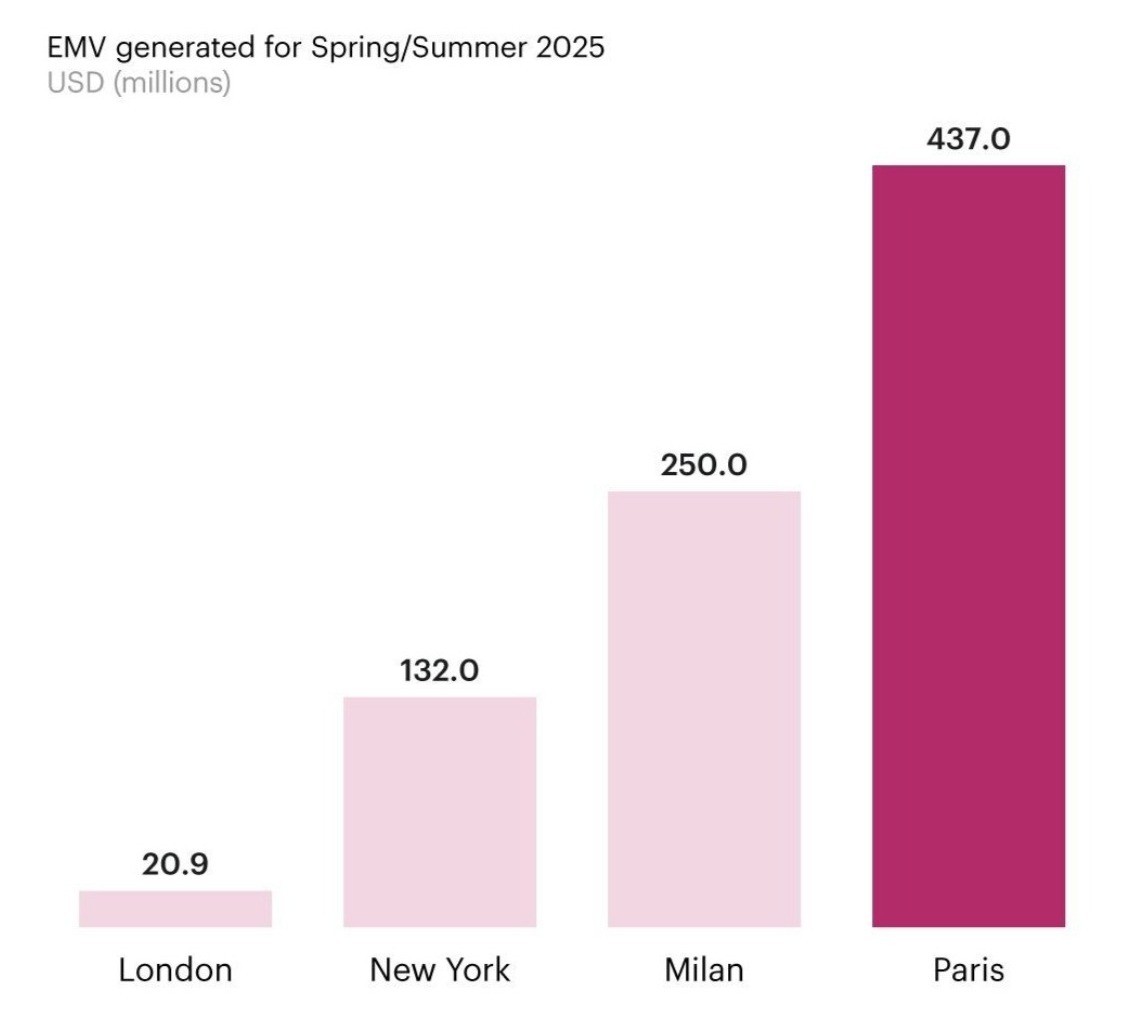
With some of London’s hottest brands sitting this season out (JW Anderson, 16Arlington, Nensi Dojaka, Knwls… the list goes on), and with a growing cacophony of voices questioning whether it can justify a biannual show cycle, LFW has had a lot to prove from the get-go. Reporting for duty was its strong roster of independent designers like Dilara Fındıkoğlu, S.S. Daley and the Central Saint Martin showcase, whose unbridled creativity and undeniable Britishness had the global industry talking.
These labels offered a romanticised sense of national pride that underpinned LFW’s raison-d’être. First and foremost, their originality is unmatched, as testified Dilara Fındıkoğlu’s “Tattoo Dress.”

Marrying that with a whimsical air and intellectual prowess, Erdem and S.S. Daley referenced artists Kaye Donachie and Francis Cadell, respectively, presenting collections that are as inspiring as they are wearable.
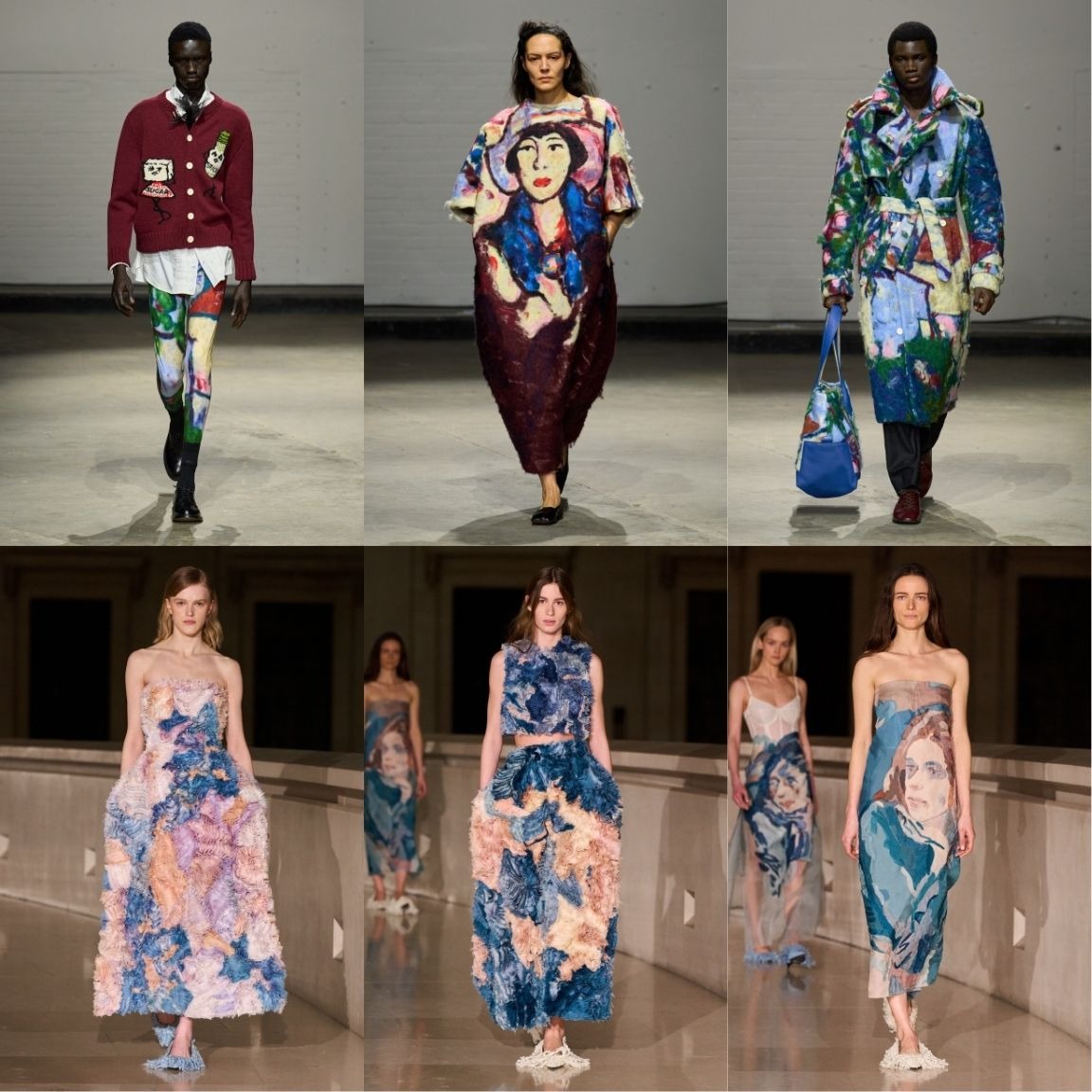
Finally, London’s milieu was savvy enough to harness locally bound yet internationally revered talent, with Alexa Chung walking for Simone Rocha and Richard E. Grant strutting down for Burberry. This anchored these brands’ British identity on the one hand while tying them to the pulse of global culture on the other.
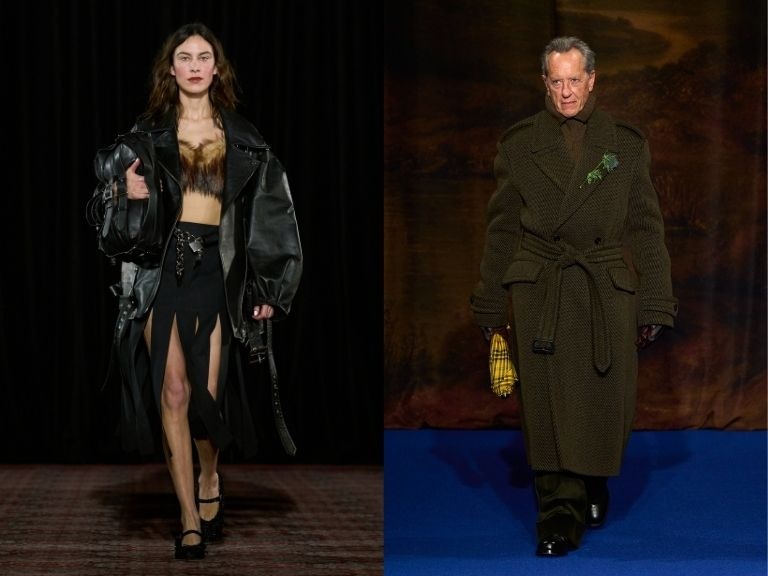
In Milan, Mavericks and Mimics
While Milan Fashion Week (MFW) is not short on legacy or artisanal know-how, this season’s presentations seem to fall into one of two categories: creator or copycat. The former includes all the usual suspects: Prada with an excellently frumpy archetype, Dolce & Gabbana with the ultimate party girl (you wish you were her) and Giorgio Armani with its timeless glimmer.
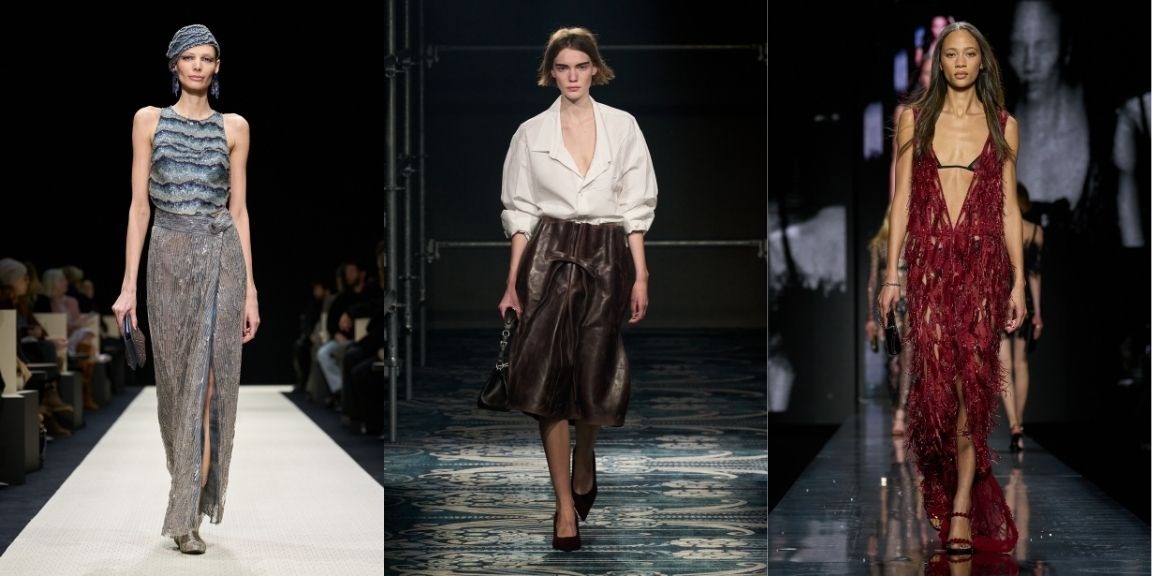
Then, we have the mimics. Earlier this fashion season, Rachel Tashjin of the Washington Post wrote a poignant piece about the many New York luxury brands who riff off The Row (amicably, you’d hope, referring to them as the “Rowdents”) but who fail at creating truly desirable product. In the same vein, it seems to me that too many Milanese labels have diluted their own identities to follow style formulas laid out by others.
Versace, the Capri Holdings-owned label, said its Spring/Summer 2025 presentation marks a return to baroque. I’d argue it more so marked taking a page out of Daniel Roseberry’s Schiaparelli and Marco de Vincenzo’s Etro, with warped crinolined dresses and intricately elaborate prints that seemed disjointed with the brand’s hedonistic DNA. I’m not naïve nor righteous; everyone copies everyone, and, as Tashijn wrote herself, so do the greats — but there must be an anchoring story to a copy, a foundational take that connects a style back to a brand, which I could not see at Versace. Perhaps I shouldn’t be surprised, given its declining sales led to it being put up for sale.
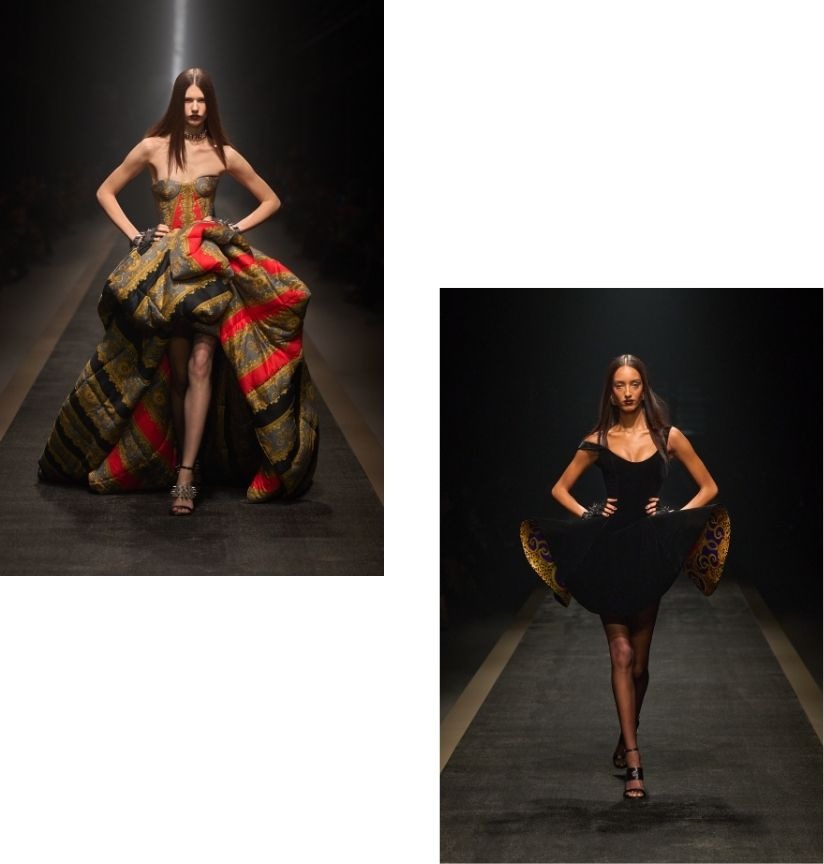
Finally, Moschino. As much as I wanted to love Adrian Appiolaza at the helm, his collections are just too goofy for comfort. Moschino was always whimsical, but in the 90s, it was also sexy and alluring. Now we have a celery bag (sure) turned into a meatball pasta bag (really?). Are we to accessorise with the entire Italian cuisine before we land on a covetible piece?
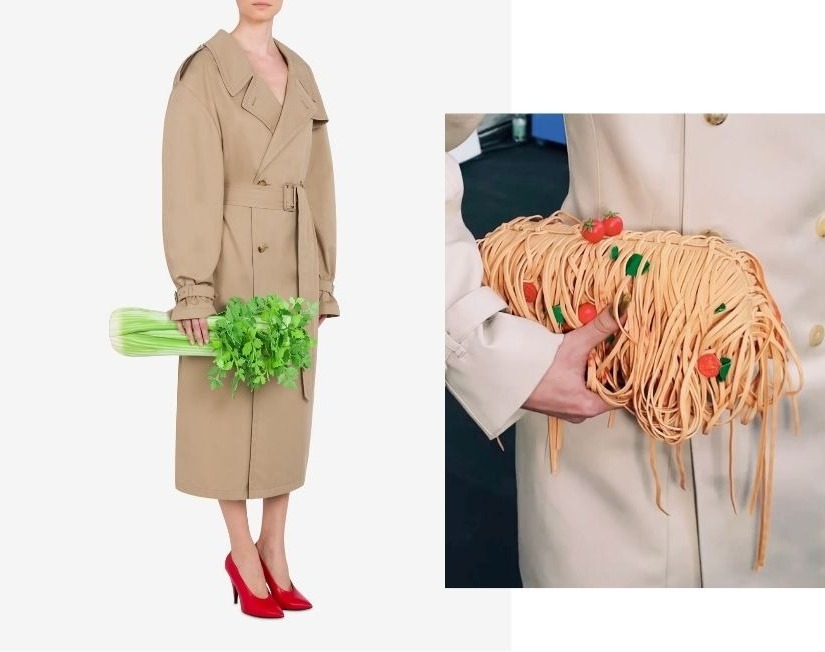
Maybe hyper-realistic carriers aren’t my thing, but maybe shoppable collections can’t be all play and no business (or crafty graft). How do you achieve that, I hear you say? Look to Mathieu Blazy’s flower bags for Bottega Veneta Spring/Summer 2024, shown in his last collection for the brand last summer. Inspired by childplay, colourful and not strictly practical, they're fun and extraordinary while still being considered works of art. And it's not just me who thinks that; the details, the artistry, and the elegance are what landed Monsieur Blazy the most coveted job of all: creative director at Chanel. Talk about arbiters of taste.

Post a comment